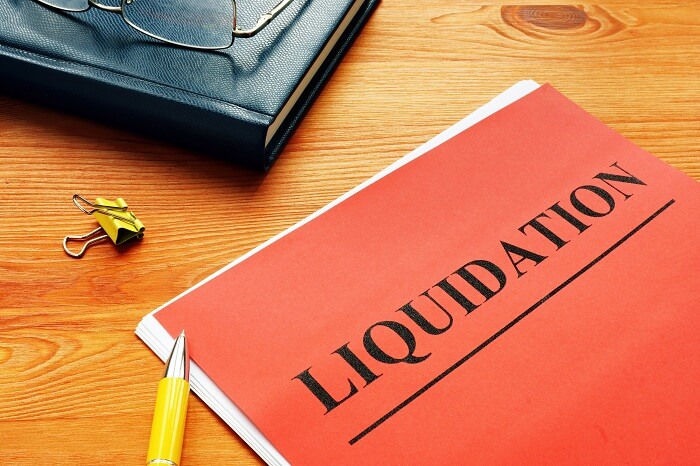
- Investigations show that Hodlnaut lost about $190 million in the Terra LUNA crash.
- The lender had proposed a restructuring plan to allow creditors to have a view of the company’s operations.
- The creditors however want liquidation of the company’s assets.
Troubled Singapore-based crypto lender Hodlnaut seems to be heading for a possible liquidation after its creditors rejected a proposed restructuring plan and instead sought liquidation of the lender’s assets.
Hodlnaut started by downplaying its exposure to the Terra LUNA collapse but after the platform suspended withdrawals citing lack of liquidity and market volatility, investigations were carried out and it immerged that it lost about $190 million in the Terra debacle and the executive later deleted numerous documents related to their investments in order to avoid exposure.
Hodlnaut later sought judicial management to avoid liquidation and it was eventually placed under a creditor protection program with hopes that it would restore its asset-to-debt ratio to 1:1 and allow users to withdraw funds.
The government-aided judicial program seems not to have helped. In November investors lodged complaints resulting in the investigation of the founders for “underplaying their exposure to certain crypto tokens and misrepresentations of facts.”
Hodlnaut restructuring plan
The proposed restructuring plan allowed the current directors to oversee the operations of the lending company during the restructuring process meaning the interim judicial managers were to be sidelined. However, in a hearing on January 12, the application to remove the interim judicial managers was rejected.
The firm’s creditors rejected the restructuring plan rather and asked for liquidation of the platform’s assets. They believe that the restructuring would not help remove the crypto lender from its current woes and that it was in their best interest that the firm wind down and liquidates its assets.
Algorand, for example, which is one of Hodalnut’s creditors, called for immediate liquidation and distribution of the remaining assets among the creditors.

